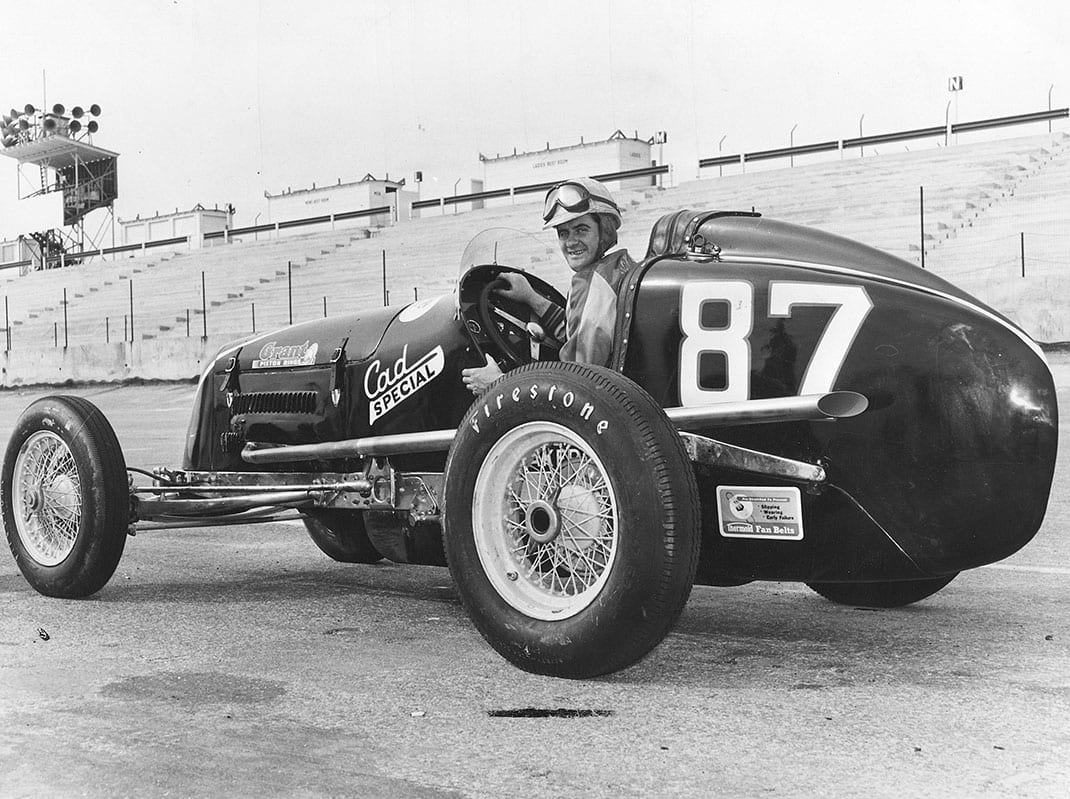American-made passenger cars have been the foundation and trademark of NASCAR racing dating back to when the Strictly Stock division was formed in 1949.
During NASCAR’s fifth season as a sanctioning body, a short-lived idea known as the Speedway division was created to bring open-wheel roadsters to the southern motorsports landscape.
A look back helps explain why high-powered, open-wheel machines came into the fold.
For more than 50 years, dating back to 1902, the American Automobile Ass’n heavily favored the Indianapolis 500 and had sanctioned a variety of divisions, including Championship Cars, big cars, midgets and stock cars.
NASCAR had its modified division that began in 1948, the Strictly Stock division and the Short Track circuit when the Speedway division was added with Indy-style roadsters equipped with large Cadillac and Lincoln engines.
NASCAR founder Bill France looked upon the Speedway division as a way to give southerners a glimpse at Indianapolis 500-style racing without having to travel to the Midwest. The mystique of open cockpit cars traveling at high speeds at Indianapolis Motor Speedway drew 250,000 fans per year for the Indy 500.
NASCAR had Darlington (S.C.) Raceway as its only major superspeedway. The egg-shaped track was built by Harold Brasington after he attended the Indianapolis 500 in 1948. Darlington opened on Labor Day weekend in 1950.
The first outing for the Speedway cars came on the sands of Florida’s Daytona Beach in February 1952. Buck Baker pocketed $1,000 from France after running the fastest time-trial lap on the one-mile course over a three-day period.
On May 10, 1952, Baker won a 160-lap race for the Speedway roadsters at Darlington, defeating Bill Miller, Tom Cherry, road racer Al Keller and Bob Jefferies. Tony Bonadies led the most laps with 56 followed by Baker with 51.
France soon realized a storm was brewing. Arthur Carrington, chairman of the AAA Contest Board, denounced NASCAR’s effort at open-wheel racing and made his displeasure well known.
“The contest board is bitterly opposed to what it calls ‘junk cars’ and believes the fad for such hyppodroming is dying out,” Carrington stated.
Another blow to France’s effort was when the one-mile Southland Speedway in Raleigh, N.C., opened on July 4, 1952, with AAA sanctioning the first open-wheel national championship event in North Carolina since a race at the Charlotte Speedway board track on Sept. 19, 1927.
The AAA event at Raleigh drew 25,000 fans with Troy Ruttman winning by two laps over Jack McGrath. The popular Ruttman had won the 1952 Indianapolis 500 some six weeks earlier at the age of 22 and was the nation’s newest racing hero as the youngest Indy 500 winner.
Click below to continue reading.
